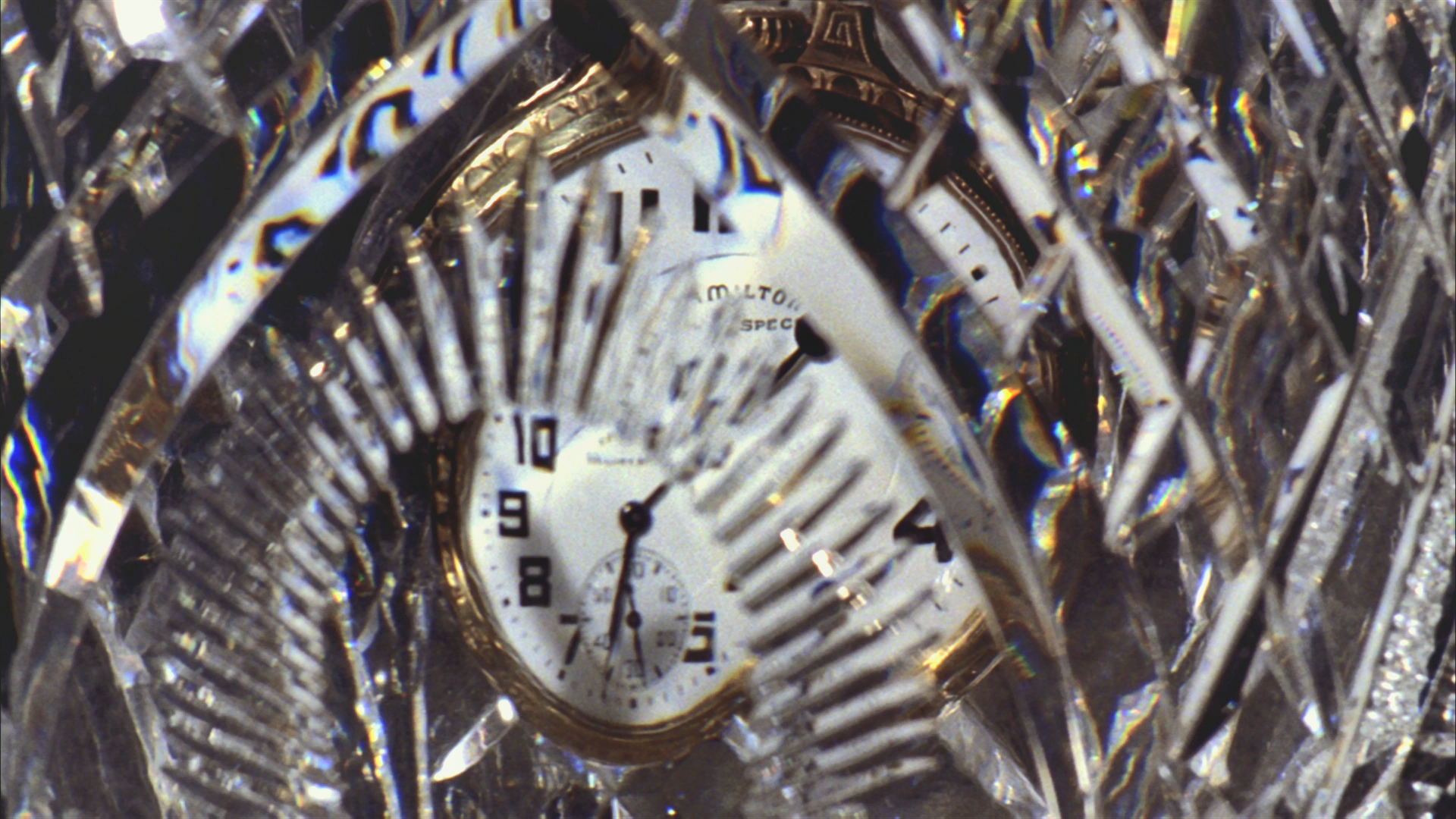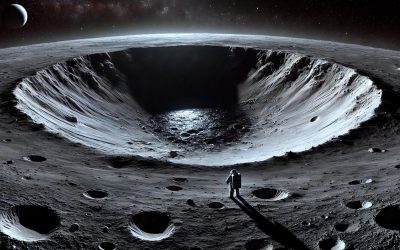In a significant scientific advancement, researchers have successfully engineered the first-ever time crystals visible to the human eye. This breakthrough development could potentially lead to future applications, including their incorporation as security features on currency like the $100 bill.
Time crystals are observed to form from the structural ‘kinks’ that develop when liquid crystals — the same material used in LCD screens — are exposed to light.
Researchers have announced the creation of a novel class of time crystals, distinctively characterized by “psychedelic tiger stripes.” Unlike previous iterations, these new time crystals are visibly perceptible, offering scientists an unprecedented opportunity to investigate this unusual phase of matter. This breakthrough is anticipated to yield a range of practical applications, from advancements in telecommunications and sophisticated anti-counterfeiting designs to enhanced data storage capabilities. The full findings were published on September 4 in the journal Nature Materials.
Hanqing Zhao, the study’s lead author and a graduate student in the Department of Physics at the University of Colorado Boulder, noted that the subjects are readily visible under a microscope. Furthermore, he explained, under specific circumstances, they can even be perceived with the unaided eye.
Nobel laureate Frank Wilczek first proposed the concept of time crystals in 2012, describing them as unique formations of particles that repeat their patterns in time, much like ordinary crystals exhibit recurring structures in space. This temporal periodicity particularly fascinates physicists, given that fundamental physical laws are generally symmetrical in space and largely symmetrical in time. This inherent symmetry typically dictates that outcomes remain consistent regardless of their direction in either dimension, making the time-repeating nature of these crystals a compelling area of study.
Crystals fundamentally disrupt perfect symmetry, establishing a distinct, preferred spatial orientation. This inherent directional bias dictates that while the foundational laws of physics maintain their underlying symmetry, their practical effects on crystalline structures will vary significantly depending on the specific angle of interaction.
Scientists have announced a groundbreaking discovery: a novel form of ‘time crystal’ that fundamentally contradicts conventional scientific understanding of how time and motion operate.
Just as conventional crystals impose order by breaking symmetry in space, time crystals achieve a comparable feat, but across the temporal dimension. These fascinating quantum entities exist at the absolute minimum energy level permitted by quantum mechanics, continuously oscillating between two distinct states without any loss of speed.
Assertions that time crystals operate as perpetual motion machines, thereby violating the second law of thermodynamics, are widespread but inaccurate. Despite their remarkable characteristics, these unique crystals are powered by photons—or light particles—and fundamentally maintain a constant energy state. The interaction with light exclusively drives their distinctive two-state oscillation, ensuring no net energy loss or gain occurs.
Since the initial theoretical proposition by Wilczek, physicists have successfully engineered and investigated time crystals within diverse environments. These include specialized diamonds, advanced quantum computing systems, and rubidium atoms artificially expanded to hundreds of times their usual volume. Despite these advancements, the crystals remain imperceptible to the naked eye; their properties are instead discerned through meticulous analysis of laser light fluctuations.
Researchers developed their visible time crystals by encasing liquid crystals—rod-shaped molecules that exhibit properties of both solids and liquids—between two dye-coated glass panes. When compressed under specific conditions, these molecules form structural kinks capable of movement and even mimicking the behavior of atoms.
Specific “twists” that prove challenging to dislodge have been observed, according to Ivan Smalyukh, a professor of physics at the University of Colorado Boulder and a co-author of the study. Smalyukh noted that these structures exhibit particle-like behavior and begin to interact with each other.
Researchers illuminated glass substrates, prompting a molecular shift in their dye coating. This reaction subsequently compressed adjacent liquid crystals, leading to the formation of thousands of distinct “kinks” that propagated across the solution. These intricate patterns engaged in regular, repeating interactions. Notably, the movements of these kinks demonstrated remarkable stability, remaining entirely unaffected by variations in temperature, whether increased or decreased.
Smalyukh articulated a profound concept, suggesting that intricate phenomena can emerge from an apparent void. He explained that a simple action, such as shining a light, is all that’s required to unveil an entire “world” of time crystals.
Beyond its significance for fundamental physics, a novel system developed by researchers could yield practical innovations. Experts suggest the technology might lead to “time watermarks,” distinct patterns designed to bolster the security of high-denomination currency and thwart counterfeiting efforts. Moreover, layering these crystals could generate intricate designs, opening avenues for the storage of substantial data quantities.
Smalyukh underscored the technology’s broad potential, asserting that its applications should remain unrestricted for now, with ample opportunities to propel its development in diverse areas.







